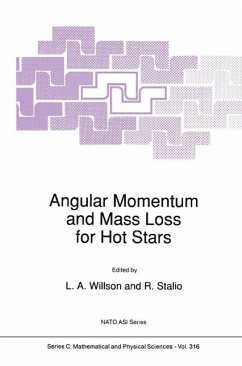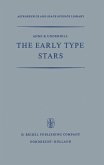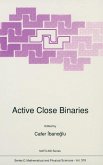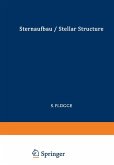Fundamental unsolved problems of stellar astrophysics include the effects of angular momentum on stellar structure and evolution, the nature and efficiency of the processes by which angular momentum is redistributed within and lost from stars, and the role that stellar rotation plays in enhancing or driving stellar mass loss. There appears to be a qualitative change in the nature and efficiency of these mechanisms near spectral type FO: hotter (more massive) stars typically retain more angular momentum at least until they reach the main sequence, while cooler stars typically spin down quickly. For the hotter stars, recent work suggests a strong link between the type of pulsation behavior, the mass loss rates, and the rotation velocity. If the same mechanisms are able to drive mass loss from the main sequence A stars, as has recently been proposed, then the current interpretations of a number of observations will be drastically affected: e. g. the ages of clusters may be incorrect by up to a factor of two, and the surface abundances of isotopes of He, Li and Be may no longer give constraints on cosmological nucleosynthesis. There are also effects on the evolution of the abundances of elements in the interstellar medium and on the general evolution of populations of stars. Thus the questions of the mechanisms of angular momentum and mass loss of stars more massive than the sun is important not only for stellar studies but for the foundations of much of modern astrophysics.
Dieser Download kann aus rechtlichen Gründen nur mit Rechnungsadresse in A, B, BG, CY, CZ, D, DK, EW, E, FIN, F, GR, HR, H, IRL, I, LT, L, LR, M, NL, PL, P, R, S, SLO, SK ausgeliefert werden.









